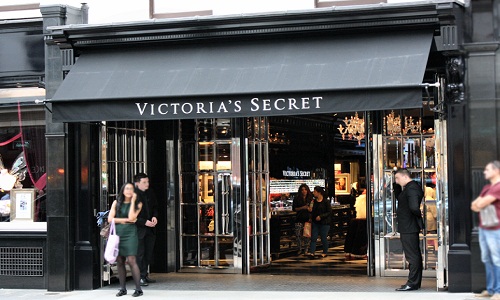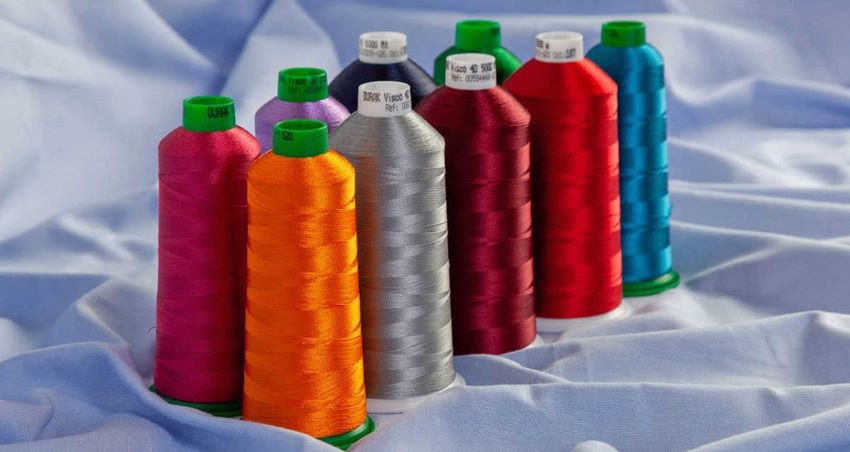"China’s underwear market was worth RMB167.2 billion (about $25.5 billion) in 2015, up from RMB101.6 billion ($15.5 billion) in 2010, an increase of 65 per cent, according to Mintel. For women’s lingerie (defined as women’s underwear, shape wear and nightwear), the boom was even bigger: sales almost doubled from RMB59 billion ($9 billion) to RMB117.6 billion ($17.9 billion) over the same period, at a CAGR of 14.8 per cent. As a result, international lingerie brands are moving fast to reveal the business opportunity underneath consumers’ clothes."

Boosted by shifts in consumer behaviour, an under-penetrated and highly fragmented market; lingerie in China is proving to be a bright spot for international brands. China’s underwear market was worth RMB167.2 billion (about $25.5 billion) in 2015, up from RMB101.6 billion ($15.5 billion) in 2010, an increase of 65 per cent, according to Mintel. For women’s lingerie (defined as women’s underwear, shape wear and nightwear), the boom was even bigger: sales almost doubled from RMB59 billion ($9 billion) to RMB117.6 billion ($17.9 billion) over the same period, at a CAGR of 14.8 per cent. As a result, international lingerie brands are moving fast to reveal the business opportunity underneath consumers’ clothes.

In 2007, Italian lingerie label La Perla moved into China and now has 14 stores across Mainland China and Hong Kong. La Perla, which also sells loungewear, beachwear and men's, and presents its 'Atelier' collection of underwear-as-outerwear at Paris Couture Week, has 34 points of sale across Asia, but mainland China is leading their retail strategy in Asia, says Chiara Scaglia, chief executive officer of La Perla Asia. Last year, La Perla's sales in the region grew by 40 per cent.
Changing consumer tastes
Chinese consumers favoured visible, logo-heavy luxury goods like handbags or watches over discreet high-end items like lingerie a few years back. But maturing consumers tastes are eroding the appeal of flashy luxury products. The government’s corruption crackdown may also have worked in lingerie brands’ favour, by making it less acceptable to be seen sporting designer goods. High-end items like La Perla’s $1,400 sheer bodysuits and Agent Provocateur’s $900 lace corsets fit the bill for consumers who want to indulge in luxury goods but not overdress.
International lingerie players are relatively new to the market compared to ready-to-wear or accessories brands - a fact that is buoying sales while spending slows in other luxury categories. By virtue of being hidden from view, lingerie is also less tied to trends and less prone to brand fatigue - both of which may prove advantageous in weathering uncertain economic conditions in the Chinese market.
Analysts believe China’s lingerie opportunity is just warming up. Domestic lingerie brands like Gujin are launching higher-end lines, and as consumers trade up from mass to luxury brands, the women's lingerie market will increase in value by 55 to 60 per cent from 2015 to 2020 - outpacing the overall underwear market, which will to grow by just under 50 per cent, predicts Matthew Crabbe, Mintel’s director of research for Asia-Pacific. Chinese consumers, he says, are becoming more willing to invest not just in looking good on the surface, but also in buying higher quality, and especially imported, underwear.
Fragmented market

The fragmented nature of China’s overall underwear market - no brand has more than a 4 per cent market share, and the top five brands by market share are Chinese - also presents an opportunity to international players, including mid-market brands like Princesse Tam-Tam and Victoria’s Secret. Having tested the waters with beauty and accessories stores in China last year, Victoria’s Secret will open its first full flagship in Shanghai before the end of the year (the L Brands-owned brand has reportedly held back on adding underwear to stores, while it observes local tastes and sizing).
Meanwhile, Jorge Martin, project manager for apparel and footwear at Euromonitor International, forecasts total women’s underwear sales in China to increase by a CAGR of 7 per cent over the next five years, driven by rising disposable incomes and international brands expanding into second- and third-tier cities.
High-end brands are also moving fast. China is one of the main growth drivers globally and I believe that we still have significant potential to expand, according to Chiara Scaglia, who predicts La Perla's introduction of accessories such as bags, shoes and eyewear will be met with increased interest in the region. This year, the brand focuses on maximising the performance of its current China stores, before opening another one or two in 2017.
Agent Provocateur, whose largest market is the US, followed by Europe and Russia, plans to double its store count in China over the next three years and has begun to assess a China e-commerce launch, which Malverdi calls a ‘huge opportunity.’ (Currently, the brand does not sell online in China, either on its own website or through other online stockists).
According to him, the challenge will be moving into second-tier cities, where more localisation and marketing may be required (the brand currently does not advertise in the region). The other big challenge is after the novelty of the brand's presence on the market wears off, adds Marshal Cohen, chief industry analyst at The NPD Group, of international lingerie labels. How well the brand will sustain its position in China will be a key indication of its true strength there, he concluded.












